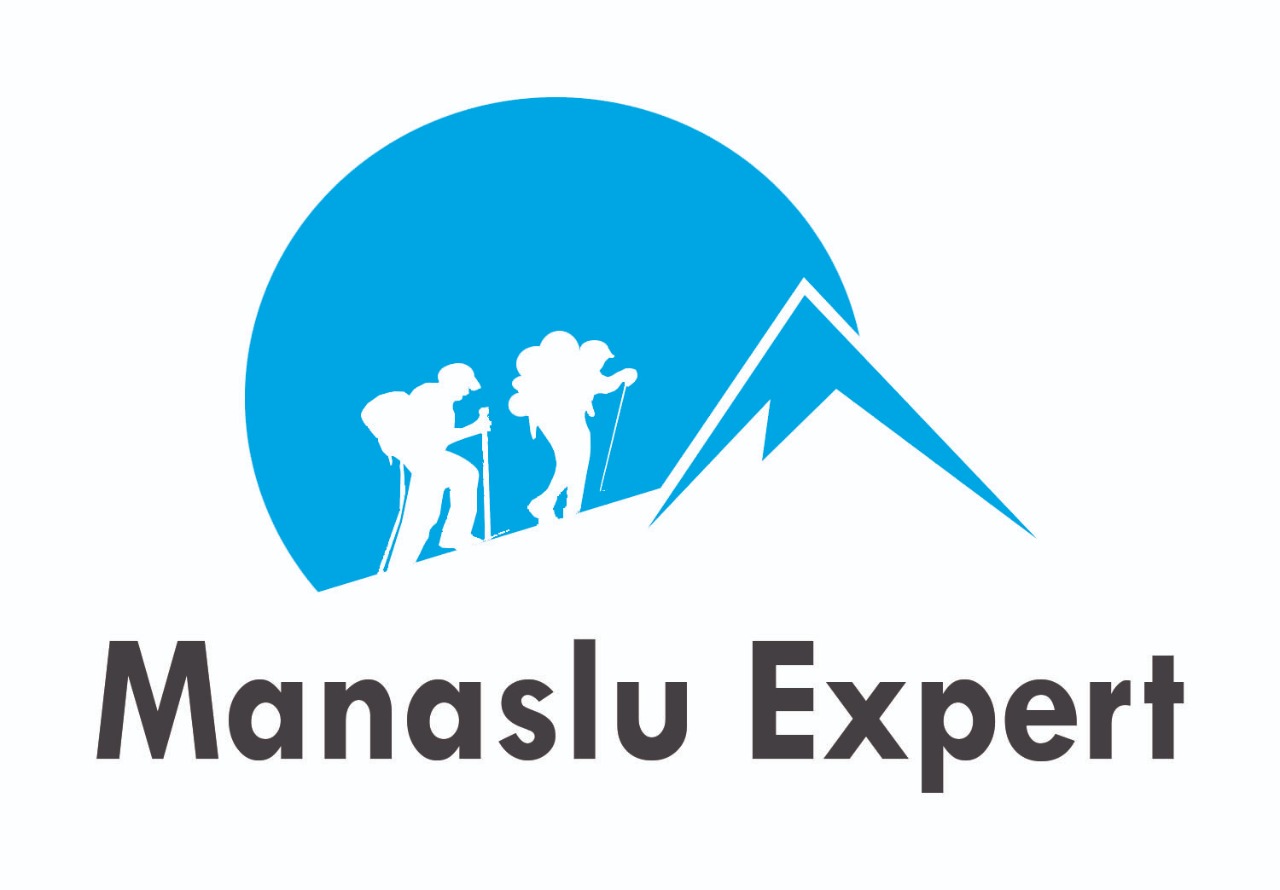Manaslu and Tsum Valley Trek, which circles the impressive 8163-meter-high Mount Manaslu and the hidden valley of Tsum, has surprisingly become popular with outdoor adventurers. 1995 was the Manaslu region made accessible to hikers, while Tsum was only recently made available in 2008. Trekking in the Manaslu and Tsum Valley region, which is both geographically and culturally enthralling, rewards hikers with the chance to explore the best of nature and cultural history as well as experience alpine life in Tsum Valley and Manaslu.
People who arrived in the upper Budi Gandaki, also referred to as “Nup Ri” or “Western Mountain,” in the early 16th century are descendants of the original Tibetan immigration, and as a result, their dialect, attire, and habits are strikingly similar to those of Tibetans in the north of Nepal. No place in the world can compare to Nup Ri’s breathtaking and recognizable majestic mountains. After seeing Tsum Valley, the spectacular Larke Pass is a delightful experience.
Tsum Valley is still being discovered and is also the ideal area to hike for those who like to explore. Its actual translation is “Hidden meadow where people are taking sanctuary in periods of political upheaval and where Buddhism can be performed peacefully.” The valley, which is a Mountainous Buddhist shrine place, is situated in Nepal’s Gorkha district’s northern province. In a different sense, “Tsum” means bright. Set against the magnificent Ganesh Himal, Sringi Himal, and Boudha Himal Mountains, this tranquil Alpine valley is a treasure trove of antiquity in terms of aesthetics, history, and spirituality.
According to legend, Milarepa, a Buddhist monk, resided in these mountains’ caves. The Mu Gompa and Rachen Gompa, mani and prayer walls, which are located on a lovely mountain cradled in the chest of the valley, as well as Gompa Lungdang, that is placed at the bottom of a cylindrical hill against the primary steep hill of Ganesh Himal, are just a few of the unusual and historic monasteries that can be found in the valley. The local tribes hold numerous Buddhist festivals, undertake ritual juniper sage burnings to maintain the necessary conditions and Natural Environment, hang prayer flags, and erect Mani Walls for the well-being of all life forms.





Leave a reply